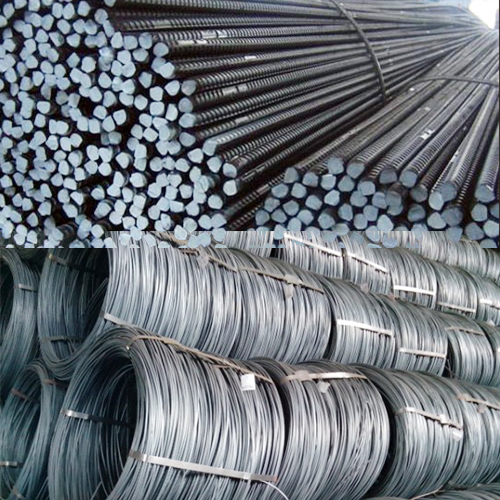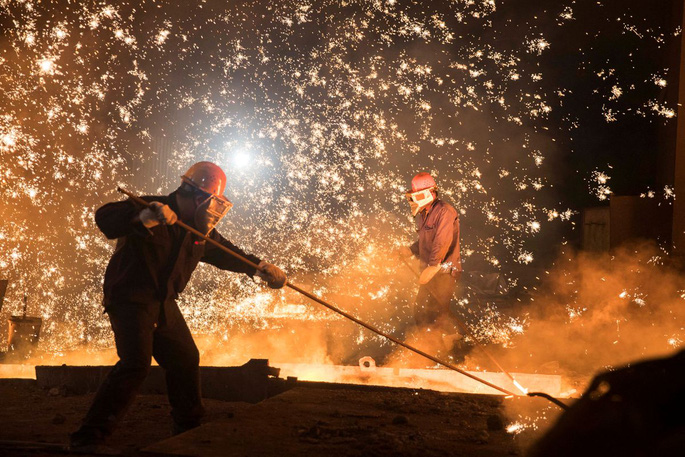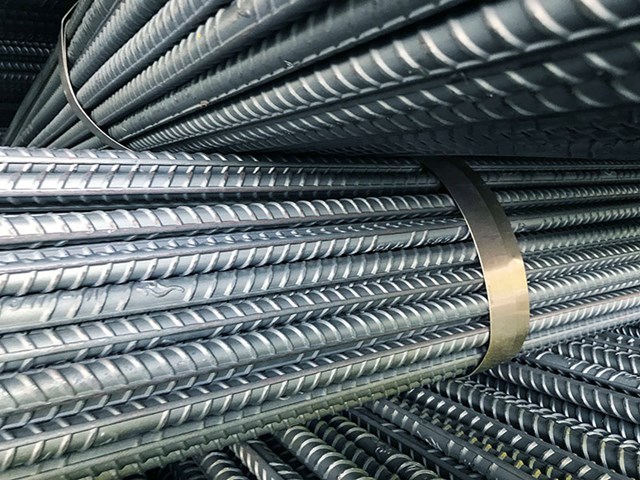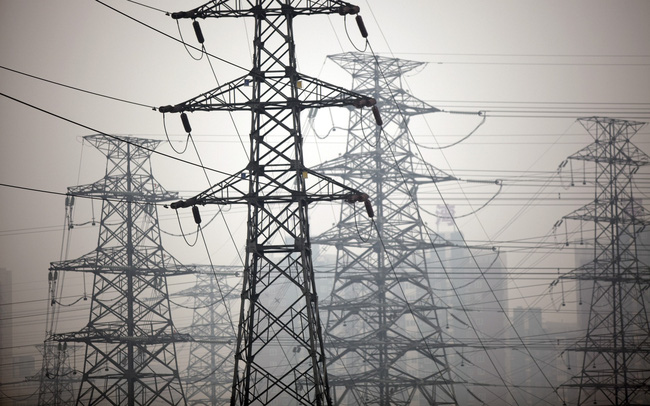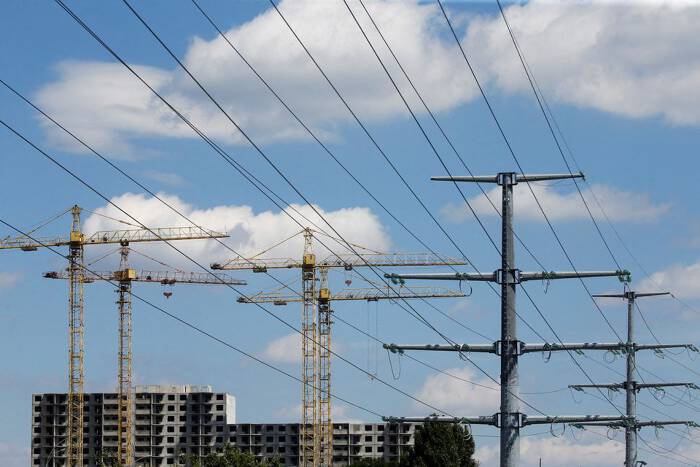
Các biện pháp chống COVID-19 nghiêm ngặt đang cản trở giao thương của Trung Quốc. (Ảnh: Getty Images).
Little miracle
Last month, a gold-striped cargo ship entered Budapest, carrying solar equipment, air conditioning and other machinery. This train has been running for 16 days, departing from Shandong province, China.
As part of the “Belt and Road” initiative, freight trains from Shandong now serve more than 50 cities in Europe and Asia. They were called “Qilu” ships, a portmanteau of the two ancient kingdoms of China.
China’s exports, whether by land, rail, water, or air, have made rapid progress over the past two years. Export turnover of the world’s second economy in dollar terms has increased by nearly 30% in 2021.
More than 5,000 Qilu ships have left the port since 2018. But in April, China’s export growth slowed significantly. By value, exports were only 3.9% higher than a year ago.
According to the Economist, even that modest increase could be considered a miracle. The fierce battle with COVID-19 has caused the country’s commercial hub Shanghai to close and many other places to impose movement restrictions.
According to Nomura bank, there are still 41 Chinese cities still living under strict limits, affecting nearly 30% of GDP. Some localities are so afraid of an outbreak that officials seal truck drivers in their cabins while they wait to pick up their goods at highway checkpoints.
Similar measures also impede international trade. Shipping data analytics company Windward said there were 506 boats waiting outside the Shanghai port in mid-April, nearly double the 206 boats in February.

Trouble from America
Optimists had hoped that China’s export engine could withstand local outbreaks of the Omicron variant. They point out that workers can self-isolate at work and live in a “closed loop” at work. However, no modern factory is completely closed, all “closed” loops still have to be open to suppliers.
And if any loop in the supply chain falls victim to the virus, the entire production process could be disrupted. For example, Reuters reported that operations at the Tesla electric vehicle factory in Shanghai were stalled due to a shortage of electrical conductors due to a supplier infected with COVID-19.
In such a strict context, China’s ability to increase trade turnover is a remarkable achievement. But the 3.9% growth figure that China’s customs authorities reported on May 9 is more nominal than substantial.
UBS bank predicts more detailed statistics, to be released later, will show that the price of goods China exported in April was 8% higher than a year ago. And this means that China’s export volume in the past month has decreased.
The rising prices of these goods have raised concerns that China will amplify inflation problems in its trading partners, especially the United States. However, this worry is often exaggerated.
Goods made (partially or completely) in China accounted for less than 2% of Americans’ personal consumption spending in 2017, according to economists at the Federal Reserve’s San Francisco branch. (Fed). Most of US inflation is “produced” in the US.
In fact, China’s exports are more likely the victim of American woes than the cause, according to Economist. The deceleration of the US economy has reduced demand for Chinese goods.
A survey of purchasing managers shows that since the beginning of the year, monthly export orders have continuously decreased. And China’s official data showed that the country’s exports of computers and home appliances also fell last month, even though they were in extremely high demand during the US blockade.
Not all of China’s trade is slowing down, however. Chinese imports from Russia have continued to increase since President Putin sent troops to Ukraine, as sanctions made it difficult for Russia to access Western markets.
T&G Import-Export Joint Stock Company
Address: 352 Hue Street, Le Dai Hanh Ward, Hai Ba Trung District, Hanoi
Hotline: 02473010868
Email: hrm@tginterjsc.com
Website: http://tgimportexport.co




